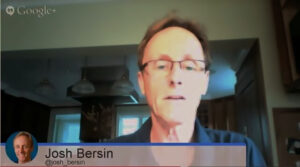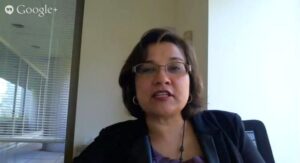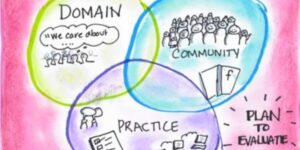
8 Ways Your HR Team Can Boost Employee Engagement
Sponsored by Workleap Officevibe In most organizations, the human resources team is a primary point of contact throughout the employee journey. From the very first

Sponsored by Workleap Officevibe In most organizations, the human resources team is a primary point of contact throughout the employee journey. From the very first

“The war for talent is over, and the talent won.” What’s behind this revolution? Let’s discuss this week at #TChat events with talent management analyst, Josh Bersin

We’re excited to transform organizational cultures — hand-in-hand with a dynamic leader in workforce engagement! Learn more about our partnership…

What if we felt free to express emotions like anger, fear, depression and grief in the workplace? Could that kind of authenticity lead to better business results?

Employers are on a mission to reignite passion and productivity in the workplace. How can they make that happen with existing talent?

Does your organization have extraordinary contributors who need to be led in a special way? How can you motivate them to perform at their peak, for the benefit of all?

In today’s 24×7 connected workplace, how can we keep our behavior in check, for everyone’s sake? Ideas from the CEO of one dynamic company…

“Big data” is all the rage. But what does it really mean, and how can HR professionals apply if effectively for better business decisions? #TChat takes on the big questions about data…

How can organizations encourage collaboration? And why does it matter? The TalentCulture community opens up about open leadership…

Digital communities: Why are they a challenge for businesses to create and maintain? How can enterprise organizations up their community game?

Is your organization facing barriers that stand in the way of employee engagement? Try these tips to overcome 6 key obstacles. (Includes infographic.)
How can organization’s leverage human capital management practices and technologies in today’s world of work? Enterprise talent expert Josh Bersin helped us look look closer at this issue…
It’s no secret that organizational cultures have been hurting in recent years. But how can we expect culture to flourish on diminishing investment in the “human” side of business? And how long can HR wave its magic wand until business leaders reinforce culture at its foundations? #TChat sparked some serious questions…